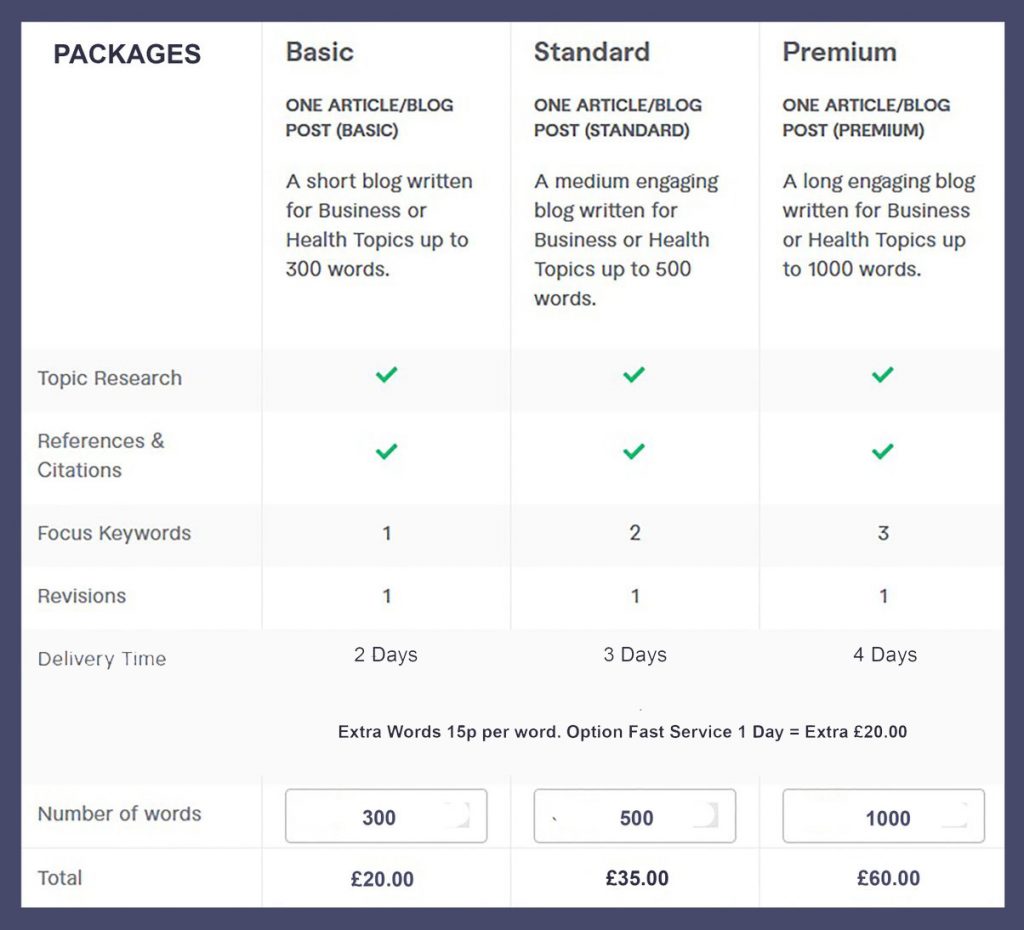Mastering Money Management: A Guide to Financial Success
Money management is a crucial skill that empowers individuals to achieve their financial goals, build wealth, and secure a stable future. Whether you’re just starting your career or planning for retirement, effective money management is the key to financial well-being.
- Budgeting: Creating and sticking to a budget is the foundation of sound money management. A budget helps you track your income, expenses, and savings, providing a clear picture of your financial situation. Start by listing your sources of income and categorizing your expenses, including fixed costs like rent and utilities, variable expenses like groceries and entertainment, and savings goals. Use budgeting tools or apps to streamline the process and monitor your spending habits.
- Emergency Fund: Building an emergency fund is a crucial aspect of money management. Life is unpredictable, and unexpected expenses can arise at any time. Aim to save three to six months’ worth of living expenses in an easily accessible account. This fund serves as a financial safety net, providing peace of mind during challenging times without derailing your long-term financial goals.
- Debt Management: Effectively managing debt is essential for maintaining a healthy financial portfolio. Prioritize high-interest debts, such as credit cards, and work towards paying them off as quickly as possible. Consider debt consolidation options or negotiating lower interest rates to make repayment more manageable. Developing a strategy to tackle debt systematically can significantly improve your financial standing.
- Investing Wisely: Investing is a powerful tool for wealth creation over time. Whether through retirement accounts, stocks, bonds, or real estate, investing allows your money to grow and work for you. Diversify your investments to spread risk and take a long-term perspective. If you’re unsure where to start, consult with a financial advisor to create an investment strategy aligned with your goals and risk tolerance.
- Retirement Planning: It’s never too early to start planning for retirement. Contribute regularly to retirement accounts like 401(k)s or IRAs to take advantage of compound interest. Understand your employer’s retirement benefits and consider additional savings strategies, such as individual retirement accounts (IRAs) or other investment vehicles. The earlier you start, the more time your investments have to grow.
- Smart Spending: Practice mindful spending by distinguishing between needs and wants. Prioritize essential expenses while curbing unnecessary purchases. Look for ways to save on everyday expenses, such as cooking at home, using public transportation, or taking advantage of discounts. Small adjustments in spending habits can lead to significant savings over time.
Conclusion:
The stark reality for low-income people and the vulnerable who live payday to payday is they do not have savings and if there are more bills than incoming money what are they supposed to do? It is all very well talking about budgeting and money management but if an individual can see to the last penny what is coming in and what is going out no amount of budgeting or money management advice is going to help.
The policymakers have never experienced poverty for themselves and rely on the penpushers in office to tell them even though the penpushers are biased and will tell them anything to keep their high-end jobs whilst the rest of the world suffers.
These people can scream at me all they like but I can show them evidence of people in poverty and how they worry night after night how they are going to pay the next bill or where are they going to get the money from to put food on the table.
Money management is a skill that anyone can develop with dedication and discipline. (But even if you have budgeted only your bare necessities and there are more bills than money coming in, no amount of advice is going to help).
For the people who have enough money coming in budgeting, saving, investing, and planning for the future, you can achieve financial stability and build wealth over time. Take control of your financial destiny, make informed decisions, and pave the way for a secure and prosperous future. Remember, mastering money management is a lifelong journey, and every small step you take today contributes to a brighter financial tomorrow.

#costofliving #financialhardship #finacialdifficulty #debt #mentalhealth #mentalhealthsupport #depression #anxiety #stress #universalcredits #taxcredits #overheads #moneymanagement #budgets















